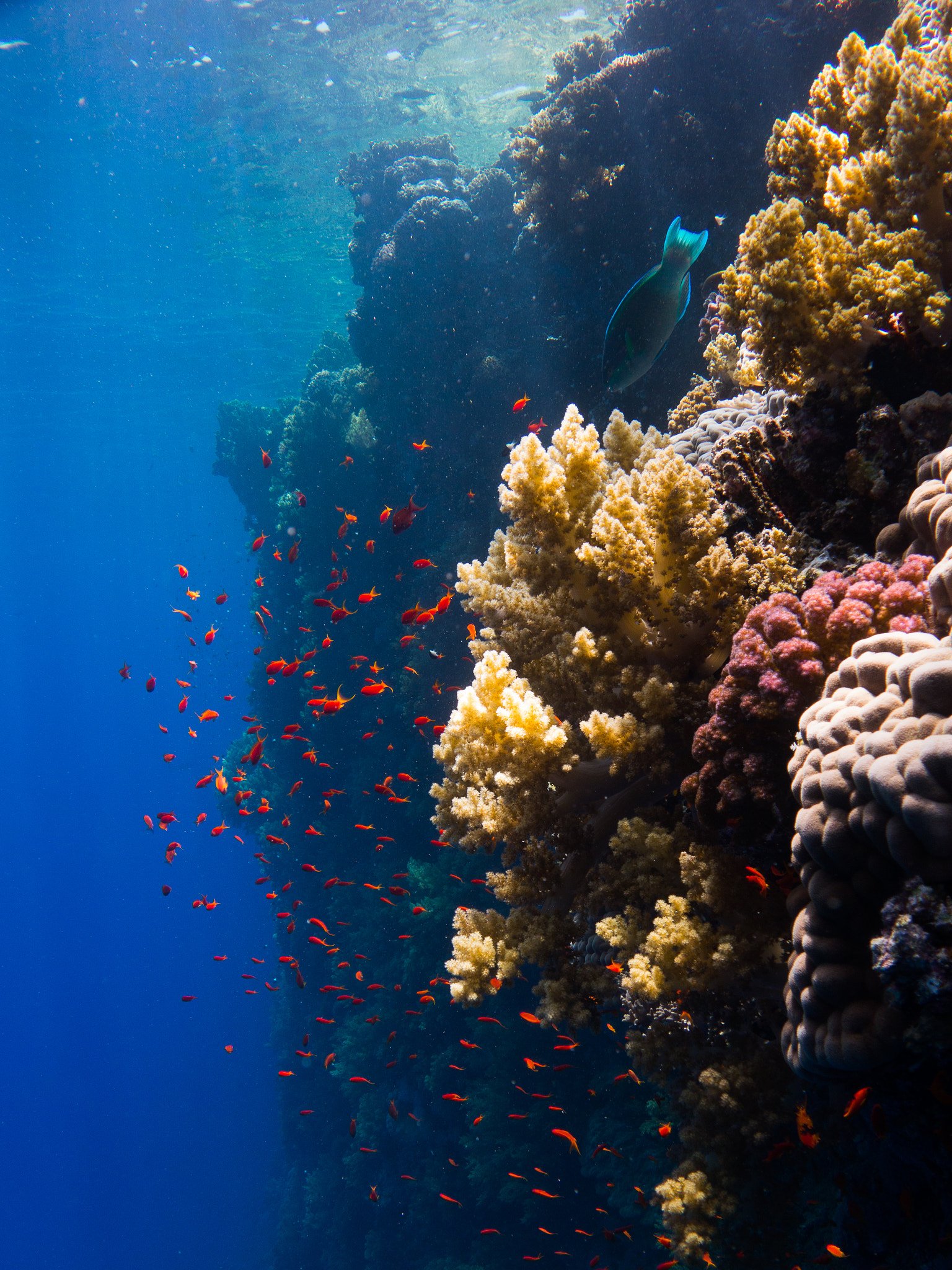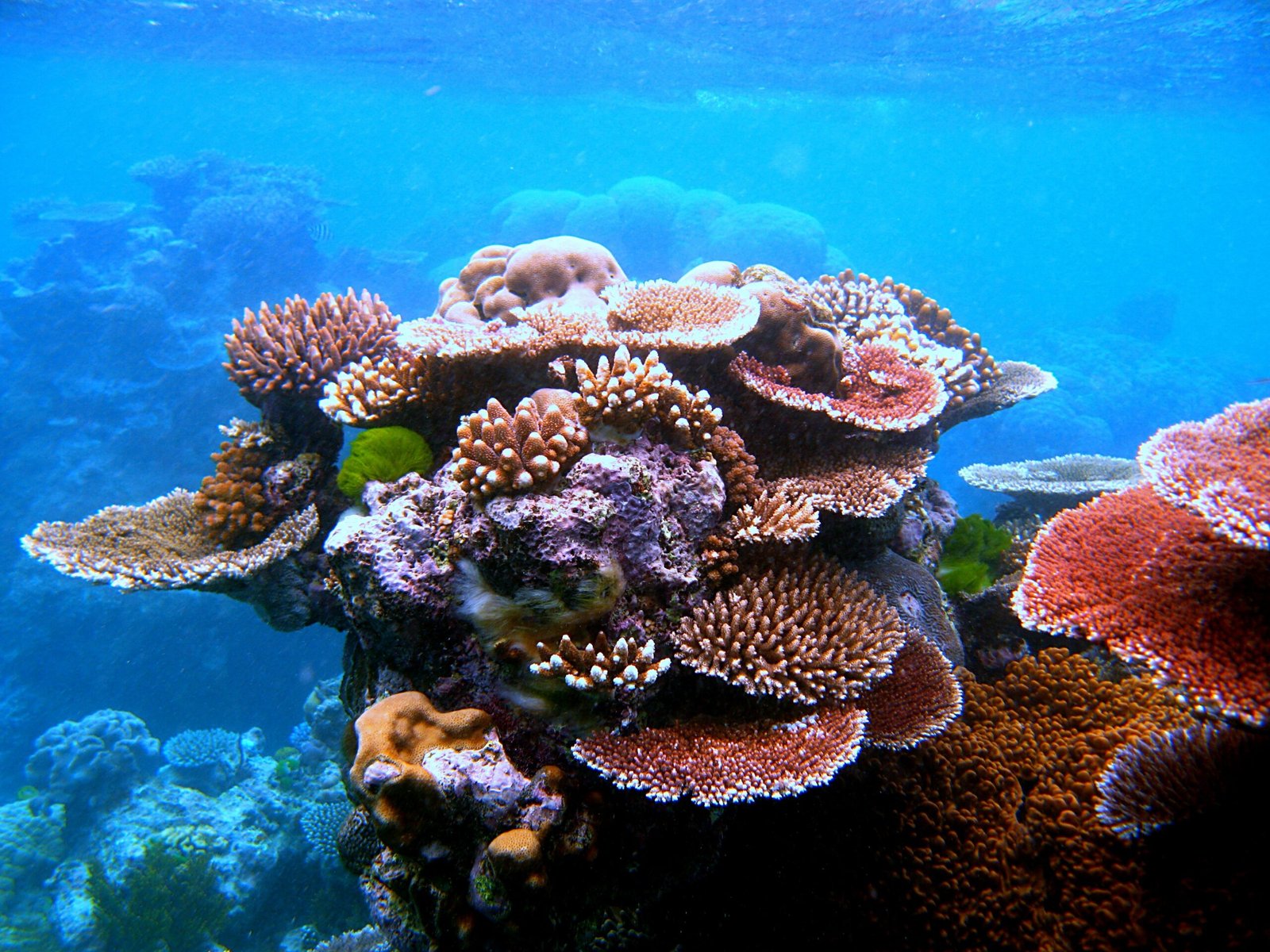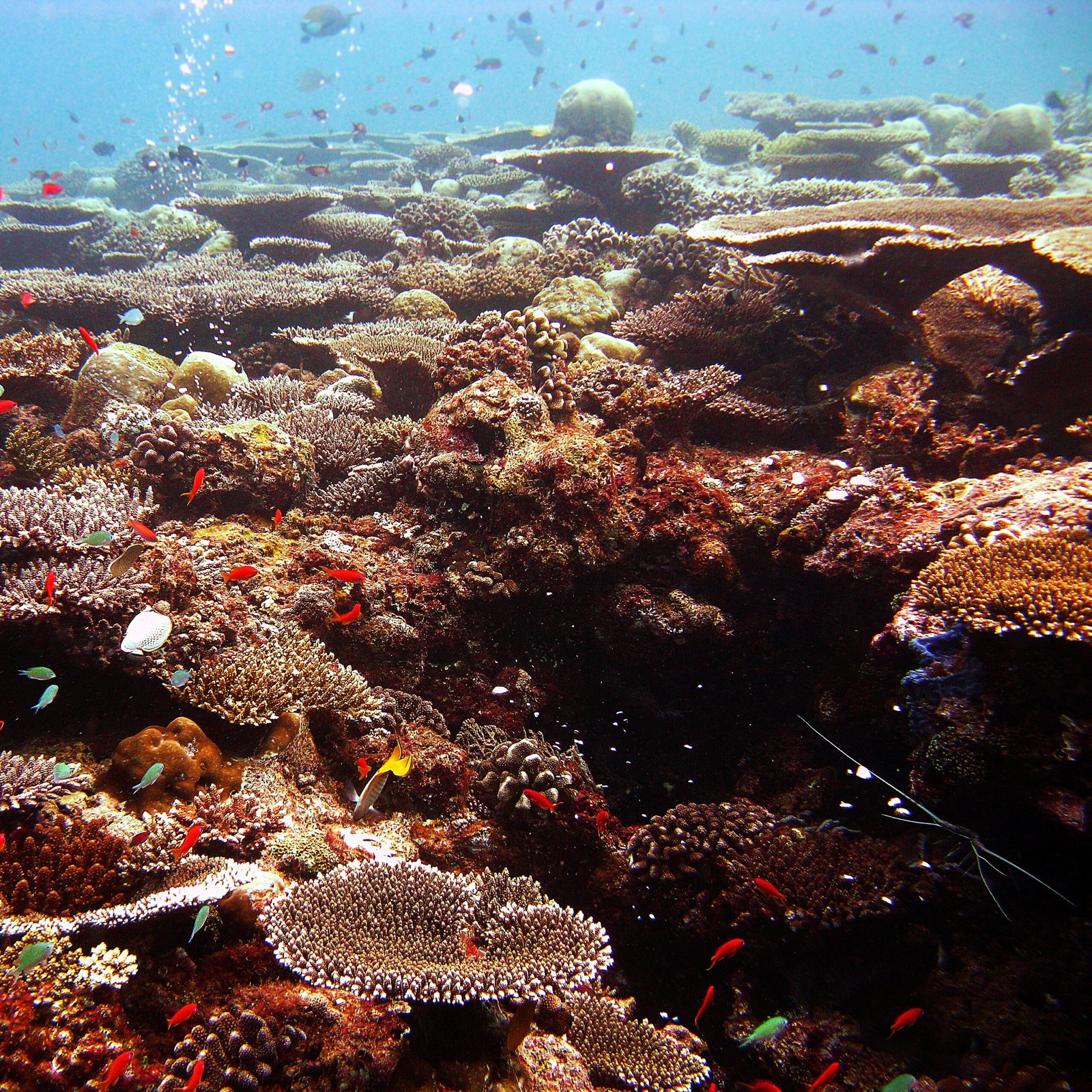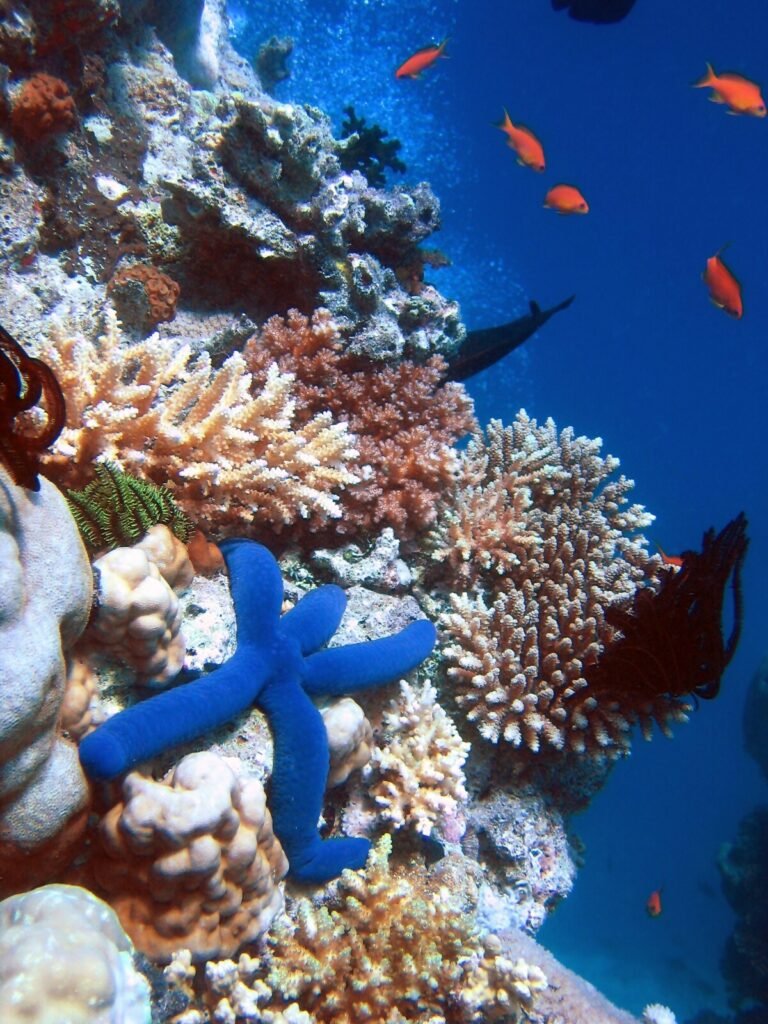Beneath the shimmering blue surface of our oceans lies a world of color and life so breathtaking it almost feels otherworldly. Coral reefs, often called the “rainforests of the sea,” are home to a quarter of all marine life, despite covering less than 1% of the ocean floor. Yet, in recent years, this kaleidoscopic wonderland has been battered by wave after wave of environmental stress. Rising sea temperatures, acidification, and pollution have left vast stretches of reef bleached, lifeless, and eerily silent. As scientists race against time to understand which corals can weather the storm of climate chaos, a new story of hope, resilience, and adaptation is beginning to emerge. What will the reefs of tomorrow look like, and which corals will stand as survivors in this new era?
The Fragile Beauty of Coral Reefs
Coral reefs are among the most diverse and productive ecosystems on Earth. Their intricate structures are built by tiny animals called polyps, which form hard skeletons of calcium carbonate. These living fortresses provide shelter for countless species, from vibrant fish to elusive octopuses and even sea turtles. Reefs also protect coastlines from storms and erosion, making them vital not just for marine organisms but for human communities as well. Despite their strength in numbers, corals are incredibly sensitive to changes in their environment. Even a one-degree Celsius rise in water temperature can trigger mass bleaching events, stripping reefs of their color and vitality. This fragility makes their survival in a warming world both inspiring and deeply uncertain.
What Makes a Coral Resilient?
Not all corals are equally vulnerable to climate stress. Some species, like the boulder-shaped brain corals, have thick tissues and slow growth rates that help them withstand heat and disease. Others, such as branching staghorn corals, grow rapidly and rebound quickly after disturbances but are more prone to bleaching. Scientists have found that resilience often comes down to a mix of genetics, physical characteristics, and symbiotic relationships with algae. Certain corals harbor heat-tolerant strains of zooxanthellae—microscopic algae that live within their tissues and provide much of their energy. These partnerships can make the difference between survival and death when temperatures soar.
Winners and Losers: The Coral Species Race
As ocean conditions shift, some corals are emerging as unlikely champions. Massive, slow-growing corals like Porites seem to handle heatwaves better than their more delicate cousins. Their thick tissues and lower metabolic rates make them less susceptible to bleaching. In contrast, fast-growing, branching corals like Acropora often suffer heavy losses during heat events. Scientists are now mapping the “winners” and “losers” of the reef world, hoping to predict which species will dominate future reefs. This process is not just an academic exercise—it holds the key to restoring and conserving reefs in the decades ahead.
Genetic Adaptation: Evolution in Real Time

One of the most inspiring developments in coral research has been the discovery of rapid genetic adaptation. In places where reefs have experienced repeated heatwaves, some corals are evolving greater tolerance to high temperatures. This process, once thought to take centuries, can happen surprisingly fast in response to intense environmental pressure. By studying these super-survivors, scientists hope to unlock the genetic secrets that could help other corals adapt. Efforts are already underway to breed and transplant heat-resistant corals in vulnerable areas, giving nature an extra push in the fight for survival.
Microbial Allies: The Hidden Helpers

Corals are not alone in their struggle against climate chaos. They share their lives with a diverse community of bacteria, fungi, and viruses—collectively known as the coral microbiome. These microscopic allies play a crucial role in coral health, helping to ward off disease and boost resilience to stress. Recent research has shown that corals with a more diverse and adaptable microbiome are better equipped to survive heatwaves and pollution. By “probiotically” enhancing corals with beneficial microbes, scientists are exploring new ways to fortify reefs against a rapidly changing ocean.
Refugia: Nature’s Safe Havens

Even as many reefs suffer, there are pockets of hope—places known as refugia where conditions remain stable enough for corals to persist. These sanctuaries are often found in deeper waters, shaded lagoons, or areas with strong currents that keep temperatures down. Refugia act like natural arks, preserving genetic diversity and providing a lifeline for coral populations. Protecting and expanding these safe havens is now a top priority for conservationists seeking to buy time for reefs as global efforts to curb climate change continue.
Assisted Evolution: Engineering Resilience
Faced with the urgency of coral decline, some scientists are taking bold, hands-on approaches. Assisted evolution involves actively speeding up the natural processes of adaptation and selection. This might mean cross-breeding heat-tolerant corals, exposing young corals to stressful conditions to “train” them, or even using gene editing tools to enhance their defenses. While controversial, these strategies offer a possible lifeline for reefs at risk of disappearing before slower, natural adaptation can catch up with the pace of climate change.
Restoration Efforts: Planting the Corals of Tomorrow

Around the world, teams of marine scientists and volunteers are diving into the challenge of reef restoration. They collect fragments of resilient corals, grow them in underwater nurseries, and transplant them back onto degraded reefs. In some places, these efforts are already showing signs of success, with new coral colonies thriving where old ones perished. Restoration is not a cure-all, but it provides a vital boost for ecosystems struggling to recover on their own. Each new colony planted is a small act of hope in the face of overwhelming odds.
The Role of Local Communities
Coral reef survival is not just a question for scientists. Local communities, many of whom depend on reefs for food, tourism, and cultural identity, are key players in the fight for their future. Community-led conservation projects, sustainable fishing practices, and education initiatives are making a real difference in places from the Caribbean to the Pacific Islands. By working together and sharing knowledge, people are finding creative ways to reduce pollution, protect critical habitats, and give reefs a fighting chance.
What the Future Holds: A New Kind of Reef
As the climate crisis accelerates, the reefs of tomorrow will not look exactly like those we know today. Some beloved species may fade, while hardier, less familiar corals rise to prominence. The reefs that survive will likely be patchworks of old and new, shaped by a combination of natural resilience, scientific innovation, and human stewardship. This transformation is both heartbreaking and hopeful—a reminder that life adapts, but also that our actions matter.
Vivid and fragile, coral reefs are at a crossroads. Their survival hinges on a delicate balance of adaptation, intervention, and global cooperation. Each step we take now—protecting refugia, supporting restoration, and curbing climate change—writes the next chapter in their story. In the face of uncertainty, one question remains: What will you do to help the reefs of tomorrow flourish?




